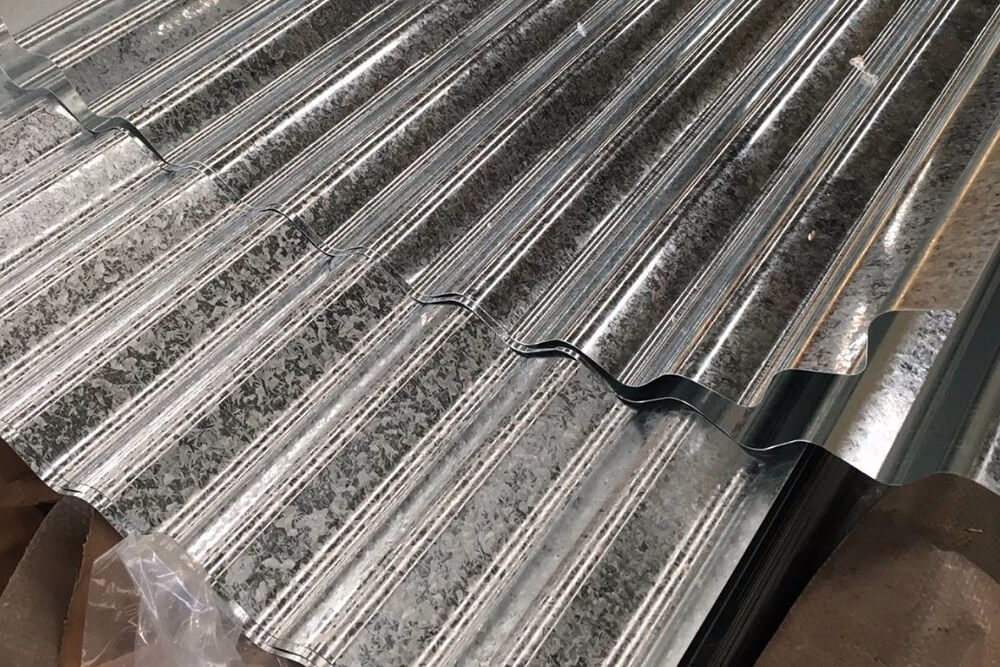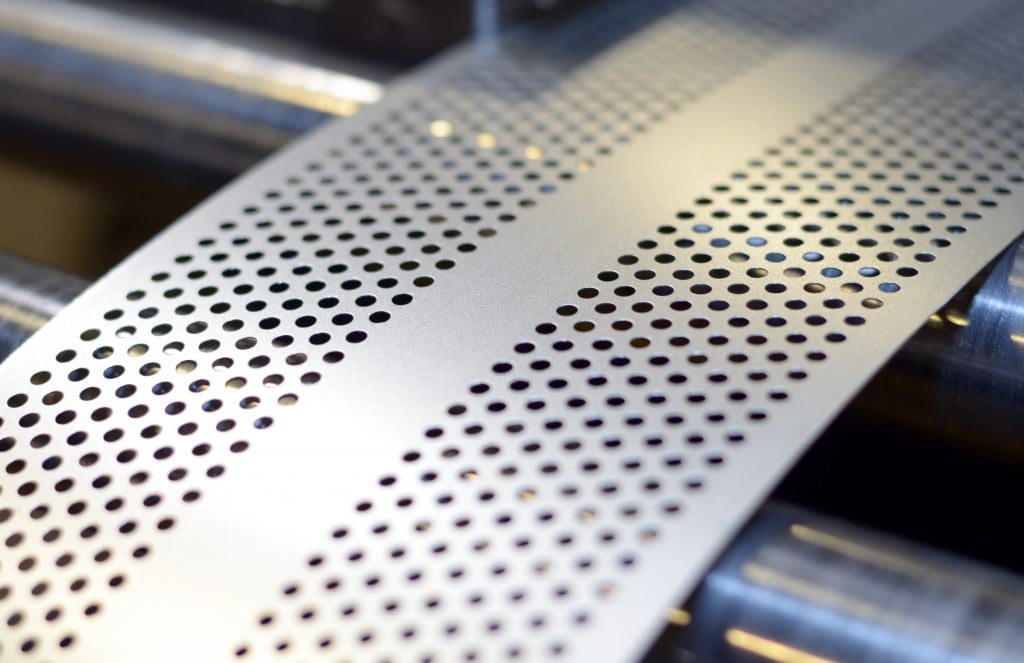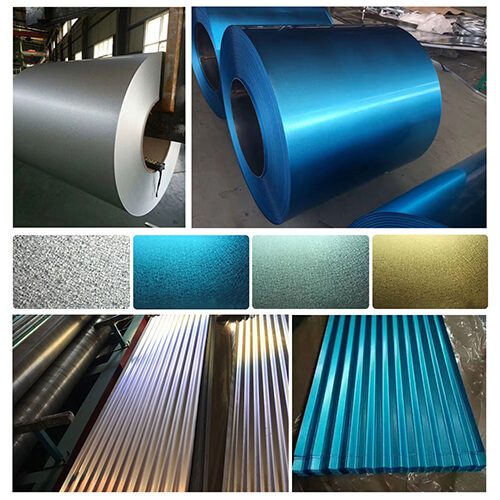Color coated plates are prone to cracking before welding. We should first understand the cause of the crack in order to identify the cause and avoid accidents.
The zinc layer near the groove of the color coated plate oxidizes (forms ZnO) and evaporates under the action of arc heat, emitting white smoke and steam, making it easy to generate pores in the weld seam. The higher the welding current, the more severe the zinc evaporation, and the greater the sensitivity of pores. When using titanium or titanium calcium welding rods for welding, it is not easy to produce pores within the medium current range. When using cellulose and low hydrogen welding rods for welding, it is easy to produce pores under low and high currents. In addition, the angle of the welding rod should be controlled within the range of 30° to 70°as much as possible.
Secondly, when using arc welding to weld color coated plates, the zinc layer near the molten pool oxidizes into ZnO and evaporates under the action of arc heat, forming a large amount of smoke and dust. Therefore, good ventilation measures should be taken. Under the same welding specifications, the amount of smoke generated by titanium oxide electrode welding is relatively low, while the amount of smoke generated by low hydrogen electrode welding is relatively large.
After the welding current of the color coated plate is low, the Zno formed during the heating process is not easy to overflow, which can easily cause Zno slag inclusion. Zno is relatively stable with a melting point of 1800 ℃. Large Zno slag inclusions have a very adverse effect on the plasticity of welds. When using titanium oxide welding rods, the distribution of Zno is fine and uniform, which has little effect on plasticity and tensile strength. When using cellulose or hydrogen welding rods, there is a large amount of Zno in the weld seam, resulting in poor weld performance









